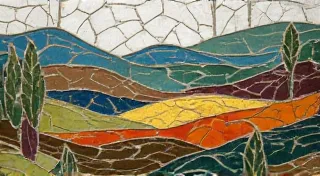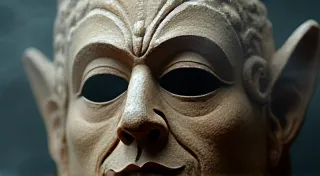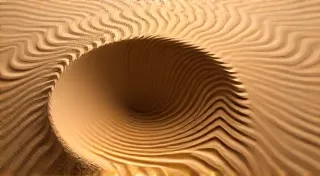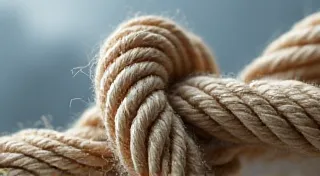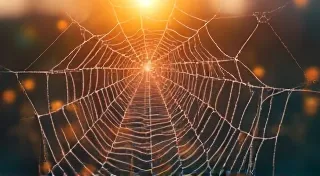Ephemeral Threads: The Challenges of Preserving Fleeting Weaving Traditions
There's a quiet fragility to beauty, isn't there? A poignancy that settles in when you realize something exquisite, something born of immense skill and generations of practice, is slowly fading away. This is profoundly true of regional weaving traditions – intricate tapestries of color and pattern that tell stories of place, ancestry, and the enduring spirit of human creativity. These aren't just textiles; they're living histories, breathing testaments to a connection between people, their environment, and a specific way of understanding the world.
I remember the first time I saw a sample of traditional Sori weaving from the highlands of Papua New Guinea. It wasn't in a museum or a curated exhibition. It was held in the weathered hands of a woman named Mama Lena, her fingers tracing the intricate diamond and zigzag patterns woven into the barkcloth. The colors, derived from natural dyes extracted from plants and minerals, were astonishingly vibrant – a direct reflection of the surrounding jungle. She told me, simply, that the patterns represented the paths of ancestral spirits, the cycles of the seasons, and the stories that bound her community together. It was a lesson in cultural resonance I haven't forgotten.
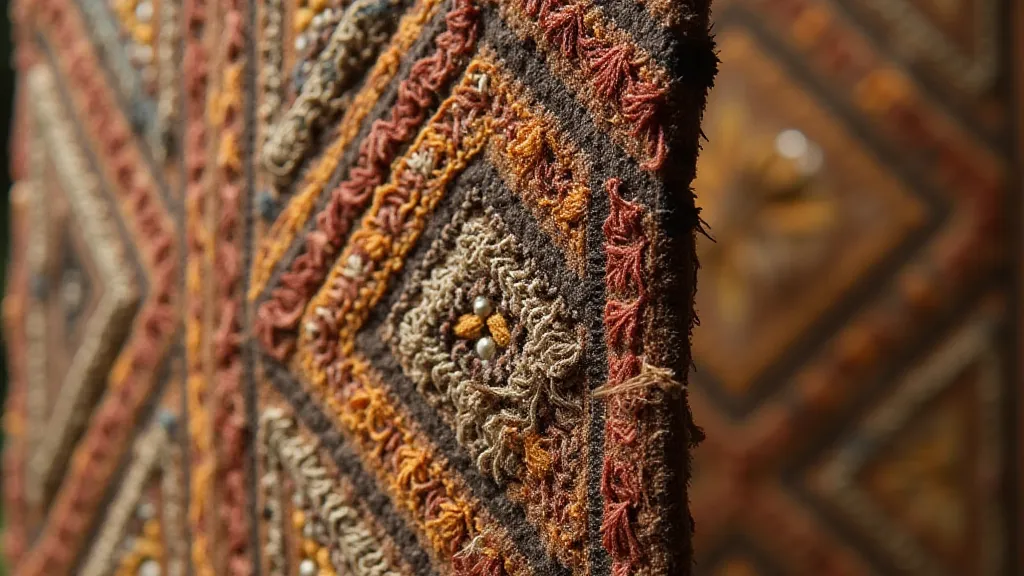
The Weaving Tapestry: Regional Variations and Historical Context
The beauty of weaving lies not only in the final product but in the incredible diversity of regional techniques. Consider the vibrant kilims of Turkey, their flatweave construction yielding geometric designs steeped in symbolism. Or the intricate brocade weaving of Manipur in India, where supplementary weft threads create raised patterns that shimmer with life. The Andean textiles of Peru and Bolivia, with their complex color gradients and symbolic motifs reflecting agricultural cycles and social hierarchy, are masterpieces of chromatic skill. Each region has developed its unique methods, materials, and motifs, creating a rich and layered tapestry of textile art.
Historically, weaving has been far more than just a craft. It was often integral to a community’s economic survival, a source of clothing, shelter, and trade goods. The knowledge of weaving techniques was carefully guarded and passed down through generations, often within families. Women were frequently the custodians of this knowledge, their skills celebrated and revered. Colonialism, industrialization, and globalization have drastically altered this landscape. The introduction of mass-produced textiles, often cheaper and more readily available, has undermined traditional weaving practices, particularly in regions where economic hardship is prevalent. The migration of younger generations to urban areas seeking opportunities has further disrupted the intergenerational transfer of knowledge.
The Threats: Economic Pressures and Cultural Disruption
The challenges facing these traditions are multifaceted. Economic pressures are paramount. The cost of natural dyes, the time required to gather raw materials, and the labor-intensive nature of the weaving process often make it difficult for weavers to compete with cheaper, machine-made alternatives. Many weavers are forced to abandon traditional techniques to earn a living, choosing easier and more profitable options.
Cultural disruption plays a significant role as well. Younger generations, exposed to global trends and mass media, may find traditional weaving less appealing than more modern forms of expression. The value placed on tradition can wane when younger people seek to define themselves through trends originating from outside their community. This isn't necessarily a rejection of the past, but rather a negotiation of identity in a rapidly changing world. The loss of cultural memory, particularly when elders pass away without adequately transmitting their knowledge, represents a profound loss for the community and for the world.
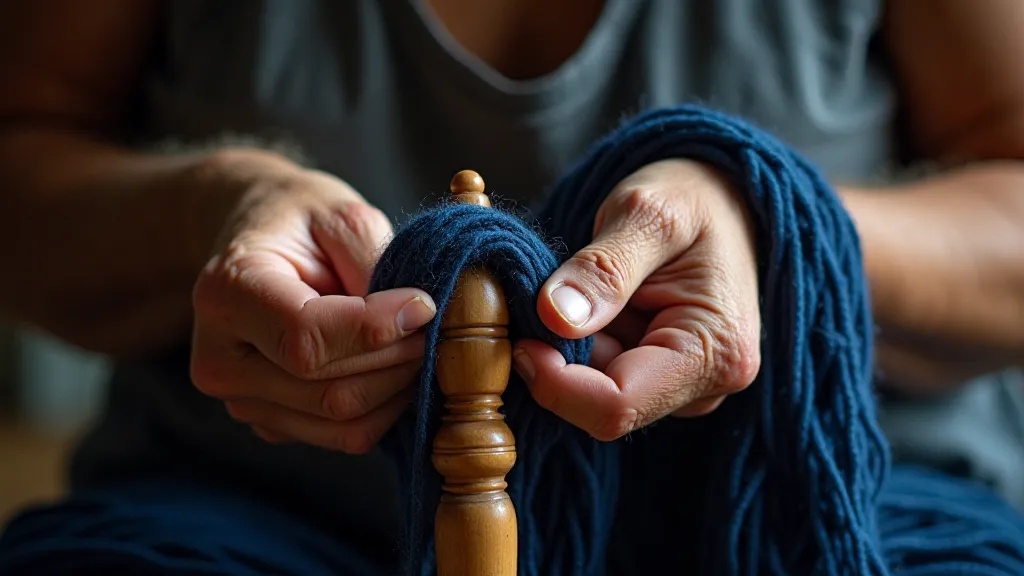
Preservation Efforts: A Race Against Time
Despite these daunting challenges, there are dedicated individuals and organizations working tirelessly to preserve these threatened weaving traditions. These efforts take many forms. Some organizations provide economic support to weavers, helping them access markets for their products and ensuring they receive fair prices for their work. Others focus on documenting weaving techniques, recording the knowledge of master weavers and creating instructional materials for younger generations.
Crucially, intergenerational knowledge transfer is paramount. Mentorship programs, workshops, and community-based initiatives are designed to connect experienced weavers with younger learners. These aren’t simply about teaching technical skills; they're about transmitting the cultural significance of the craft, the stories embedded in the patterns, and the connection to ancestral heritage. Some communities are reviving traditional ceremonies and festivals that incorporate weaving, providing a context for the craft to be celebrated and passed down to the next generation.
The rise of “ethical fashion” and a growing appreciation for handcrafted goods have also created new opportunities for weavers to connect with consumers who value authenticity and sustainability. Supporting these weavers by purchasing their products directly, rather than through mass retailers, can make a tangible difference in their ability to sustain their traditions.
The Value of Imperfection: Appreciation and Collecting
When appreciating these regional weaving traditions, it’s important to recognize the inherent value of imperfection. These aren't factory-produced goods striving for robotic precision. They are hand-crafted objects, imbued with the individuality of the weaver and the characteristics of the materials. Slight variations in color, minor inconsistencies in the weave – these are not flaws; they are hallmarks of authenticity, testaments to the human hand at work.
For those interested in collecting these textiles, it's essential to research the origins and techniques involved. Learning about the specific region, the symbolism of the patterns, and the history of the craft will enhance your appreciation and understanding. Authentic pieces often bear the marks of age, fading dyes, and slight wear – these are signs of a rich history and a life well-lived. Collecting isn’t about owning a commodity; it’s about preserving a piece of cultural heritage.
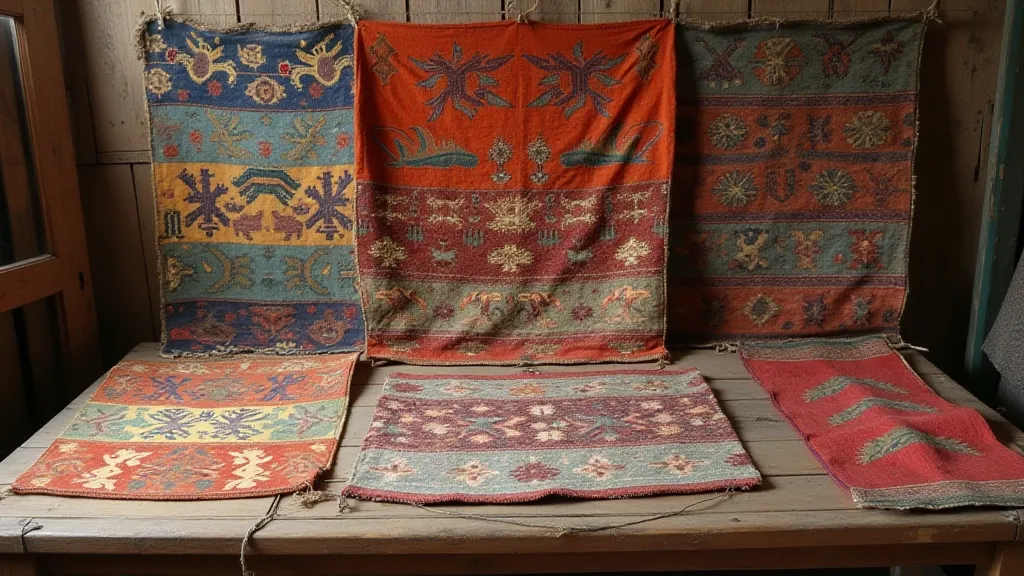
The challenges facing these fleeting weaving traditions are significant, but the dedication of those working to preserve them offers a glimmer of hope. By appreciating the beauty, respecting the craftsmanship, and supporting the communities that sustain these traditions, we can help ensure that these ephemeral threads continue to weave a vibrant tapestry of cultural heritage for generations to come. The knowledge isn’t just about how to create; it’s about remembering who we are, where we came from, and the stories that bind us together.
